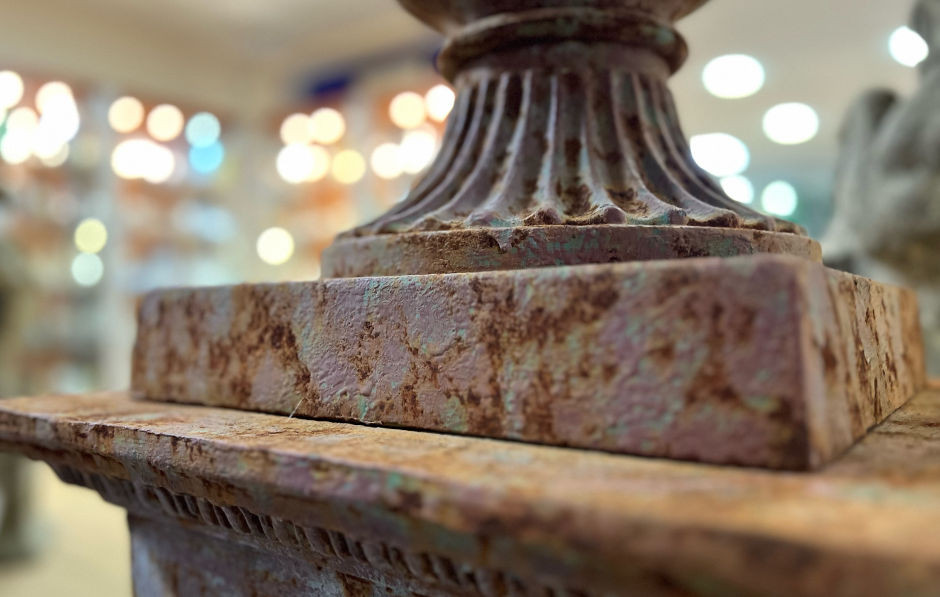
With the proliferation of antiques programmes available to watch around the clock, we have all heard the word ‘patina’. But what is it and how important is it to collectors of antiques? We have all the answers.
What is patina?
A difficult term to define precisely, patina is used when referring to the finish on the surface of an antique object, metal or wooden, when it has aged. The patina of an object results from the surface of the object being exposed over time to the elements (in the case of metal objects) and to wear and usage, as with the case of wooden furniture, for example, which develops a depth of colour and a shine when it has been polished and waxed and used a lot over time.
What items develop a patina?
Given enough time, every item can form a patina but in the antique world, we are most familiar with patinas on wooden items, brass, copper and bronze pieces and of course silver items.
What does patina look like?
Patina takes on various guises according to the material the item is made from, with the following results:
Copper, bronze and brass items - today, we are all used to seeing the green colour of the iconic Statue of Liberty but the grand old lady is in fact made from copper which has developed the distinct green patina that comes with age and prolonged exposure to the elements. Brass and bronze are both alloys which contain copper so they also develop a blue/green patina. The patina on these metal items is often called verdigris, from the Latin for green, which forms when the copper reacts to atmospheric elements.
Antique silver patina – antique silver tarnishes to a dark almost black colour as a result of environmental exposure and when it comes into contact with the oils and perspiration in our skin, as well as aerosols such as perfume and hair spray.
Wood – wood takes on a completely different hue with patination and the effect varies from variety to variety. In addition to a change in colour which often presents as a much deeper colour than the original with a sheen or lustre, patina on wood can take on other forms. For example, the patina will also be seen more around areas of high wear, such as around the handles on an antique chest of drawers.
Should patina be removed?
Patina is extremely important to antique dealers and auctioneers as it is one of the ways by which experts can determine age and authenticity, so the general consensus is that it should be left untouched. With verdigris on copper items there is another reason; it acts as a protective layer that can reduce the risk of corrosion to the metal.
Can patina be 'faked'?
Yes, it can and for those who want to give their contemporary pieces a naturally aged look, there are lots of products available. However, to artificially age a modern piece to pass it off as an antique deliberately, is fraudulent. This is why it is so important to buy your antiques from reputable centres like Hemswell where are expert dealers, many of whom are accredited members of LAPADA, The Association of Art and Antiques Dealers, are experts in their field and qualified to offer advice.
If you are looking for antique brass and copper, antique silver and jewellery or period furniture, we boast four buildings full of every type of antique for you to browse in confidence. Why not pop along, we’re not too far from the cathedral city of Lincoln, and spend a few carefree hours with us?